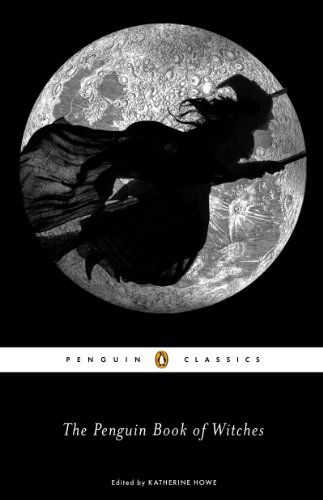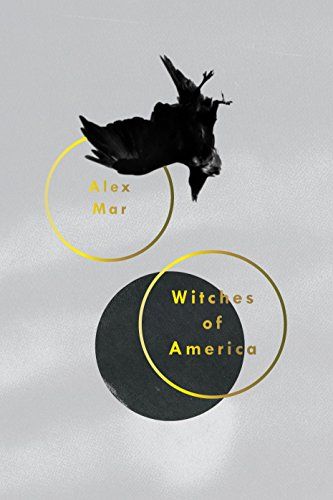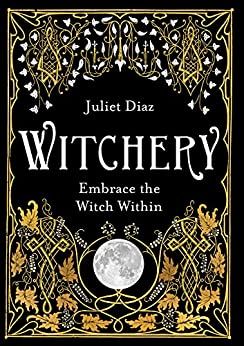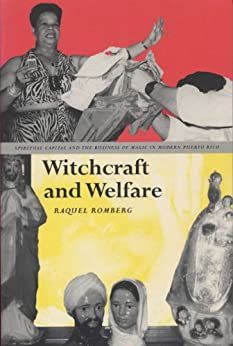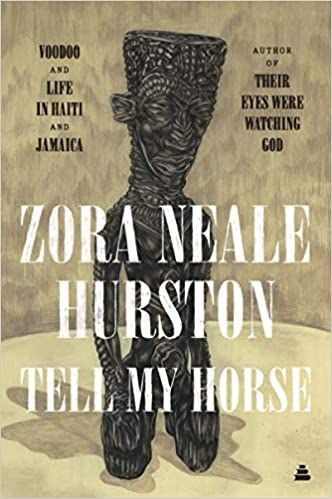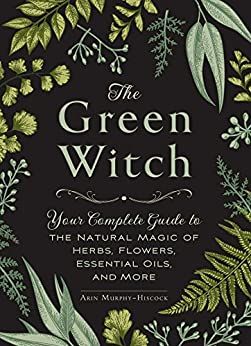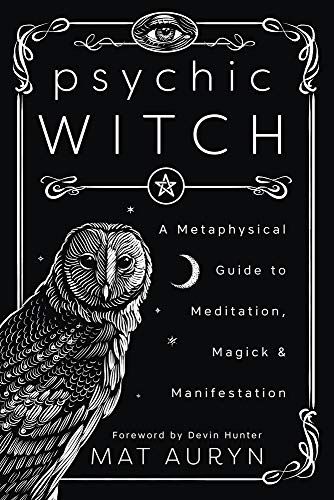It wasn’t until later that I realized that superstitions, like so many other beliefs, are actually a manifestation of another internalized fear. In this case, the fear of a powerful woman. Then you can say my first real introduction to witches beyond the realm of superstition was when I watched the first episode of Sabrina the Teenage Witch, in which Sabrina’s aunts drop in on her as she has her first levitation, indicating the beginning of her journey. This show to me was a revelation. I was struck by the ordinariness of Sabrina, but also the secret identity that she harbored. She had similar problems as I did, minus navigating being a teenage witch, and somehow amidst the chaos that is young adulthood sometimes, she made me feel less alone. My perspective on what it means to be a witch had already evolved to a point where I would stand in front of the mirror to summon my inner power when I stumbled upon Charmed. Now, apart from thinking why no one was intervening and stopping me from watching these clearly PG-rated shows, watching the three sisters come together in strength awakened a sense of ferocity in me that had previously been foreign. The Halliwell sisters were met with demons you couldn’t imagine escaping, but they did. Their breakdown of powers and resourcefulness was something that made the concept of witchcraft feel like something within reach. Then, as in all things, my interest transitioned from TV to literature. I became fascinated by the books available to me, but it wasn’t until I read Practical Magic for the first time that I felt that rush again. From then on, I have consumed witchy literature in bulk, ranging from Witches of New York to the expansive nonfiction The Witches, an account of the Salem Witch Trials by the one and only Stacy Schiff. Over the years, consuming literature has influenced my approach to understanding witchcraft. And while I don’t practice as much as I’d like, I do consider myself a witch, an honorary one at least, where I am the first to brew tea to mend a broken heart and always await in awe the coming of the full moon. My intent here is to pick some reads that have shaped my idea of what it means to be a witch and to help you visualize the witchy version of yourself that you want to become and some of the best beginner books to get you started. I have divided the types of witchcraft out there into four very broad categories, and my list is in no way complete. But with that, let’s get brewin’.
Wicca
Those who practice the Wiccan tradition are known as neo-pagans, as their beliefs arise from the pre-Catholicism era. From tarot cards to aura cleansing to crystals, Wiccan practices are many, but at the center of them all remains the principle “Harm None.” Lacking any formal structure, their belief is grounded in spiritual experiences and rituals. This is very similar to what the Owen women prescribe in the Practical Magic series through the centuries. It is also the intent with which the trio of women in Witches of New York open their shop, only to have fate change their plans. If this is where your interests lie, then here is where you can start.
Brujería
Brujería is the term for the kind of witchcraft practices in Latin and Afro-Caribean countries. It doesn’t have a hierarchical order or community, but rather focuses on the individual, using the terms Brujos (male), Brujas (female), and Brujx (gender-neutral). They use elements of nature to alter the course of everyday life including health, wealth, and family. If you have read and loved works like Labyrinth Lost, which features a family of brujas, and Cemetery Boys, a story featuring a brujo’s necromancy and its after-effects (both welcome and non-welcome), then turn to the guides below.
Voodoo
The practice of Voodoo is perhaps the most misunderstood out there, especially due to its misappropriation in pop culture, as indicated by this fantastic piece, Why Can’t Black Witches Get Some Respect in Popular Culture? It is a practice that has split into two, constituting Haitian voodoo and New Orleans voodoo, and it revolves around ancient spirits and patron saints. These are practices focused on healing. If you have read The Good House by Tananarive Due and simply want to learn more, then here’s how to get started.
Modern Eclectic
This is the group that takes something from every tradition to make it into their own. Ranging from herbs and tea leaves to tarots and astrology, everything is fair game. If reads like Witches of New York and Garden Spells is what inspired you, these books will help you take it further. This is in no way an exhaustive guide to best books for beginner witches. At its center, all witchcraft is about being true to yourself and using your knowledge for good. The best way to think of it is how Alice Hoffman put it in the prequel to Practical Magic: “Drink chamomile tea to calm the spirit. Feed a cold and starve a fever. Read as many books as you can. Always choose courage. Never watch another woman burn. Know that love is the only answer.” If you are looking for more reads, try this Wiccan fiction, or these must-read books about witches.
